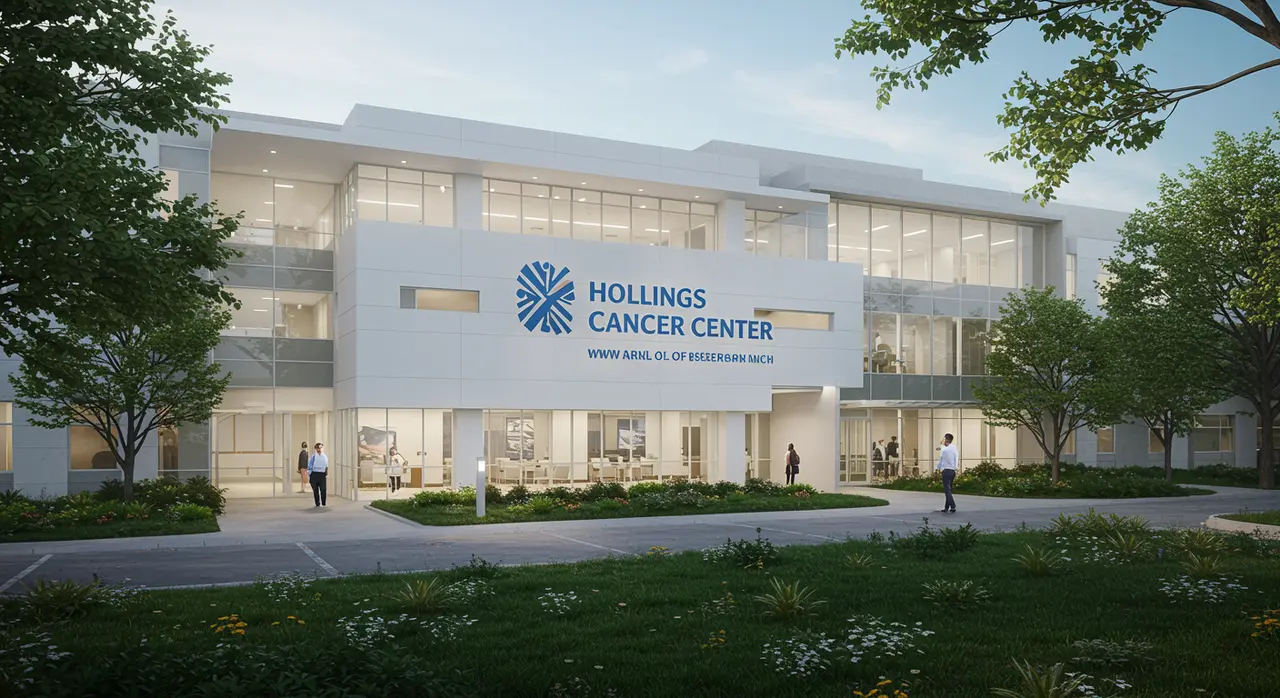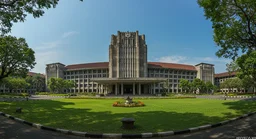Hollings Cancer Center Advances Safer, More Effective CAR T Cell Therapy for Lymphoma Treatment
50 views
In the evolving landscape of cancer treatment, CAR T cell therapy has emerged as a beacon of hope for patients battling aggressive forms of lymphoma. By harnessing the body’s own immune system, this cutting-edge approach has significantly improved success rates, offering a lifeline to those who previously faced grim prognoses. Yet, as with any medical breakthrough, the path forward is fraught with challenges, including severe side effects and the quest to extend remission for more patients. Researchers at Hollings Cancer Center are now pioneering refinements to this therapy, aiming to balance its transformative potential with a safer, more sustainable application.
Refining CAR T Cell Therapy: A New Era in Cancer Treatment
CAR T cell therapy, short for chimeric antigen receptor T cell therapy, represents a paradigm shift in the treatment of certain lymphomas. By genetically modifying a patient’s T cells to recognize and attack cancer cells, this approach has pushed treatment success rates from a meager 5-10% to as high as 40% when administered earlier in the treatment timeline. For patients who previously had few options, this leap in effectiveness is nothing short of revolutionary. However, the therapy’s promise comes with significant caveats. Fevers, shortness of breath, dangerously low blood pressure, and rare neurotoxic syndromes are among the side effects that can render the experience harrowing, sometimes necessitating intensive care and steroid treatments. While steroids can mitigate these immune responses, they also risk diminishing the therapy’s potency, creating a delicate balancing act for clinicians.

To address these hurdles, researchers at Hollings Cancer Center have introduced a novel approach to refining CAR T cell therapy. Their innovative “hybrid programming cocktail” aims to enhance the therapy’s effectiveness while simultaneously reducing its inflammatory side effects. Early results have been encouraging, with patients achieving complete remission and sustaining it for longer periods. This cocktail represents a sophisticated recalibration of the therapy, seeking to improve its ability to target cancer cells while sparing the immune system from unnecessary and harmful activation.
A key advancement lies in the team’s use of markers to better identify and isolate cancer-fighting cells. By tagging the modified T cells with specific markers, researchers can ensure that the therapy zeroes in on its intended targets, minimizing the inclusion of immune cells that contribute to inflammatory side effects. This refinement not only improves the therapy’s precision but also opens the door to reducing the neurotoxicity and other severe reactions that have plagued its application in the past.
The implications of these advancements are profound. For patients, the promise of a safer and more effective therapy means not only higher chances of remission but also a less grueling treatment journey. For the medical community, it represents a step closer to the ultimate goal: curing the majority of patients with lymphoma, rather than a fortunate subset. Yet, despite these strides, the work is far from complete. CAR T cell therapy’s current success rates, while impressive compared to past standards, still leave room for improvement, particularly in achieving durable remission across a broader patient population.
The progress at Hollings Cancer Center underscores a larger trend in oncology: the relentless pursuit of precision medicine. By tailoring treatments to the specific biology of each patient, researchers are unlocking new levels of efficacy while striving to mitigate risks. This approach reflects a broader shift in how medicine is practiced, moving away from one-size-fits-all solutions toward therapies that are as unique as the individuals they aim to heal.
As CAR T cell therapy continues to evolve, it serves as a reminder of both the promise and limitations of scientific innovation. The journey from discovery to widespread application is rarely linear, marked by incremental gains and persistent challenges. Yet, the determination of researchers and clinicians to refine this therapy offers hope that the future of cancer treatment will be not only more effective but also more humane. For the patients whose lives hang in the balance, these advancements are more than scientific milestones—they are lifelines, offering a chance at a life unshackled by the weight of disease.








